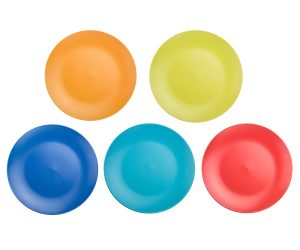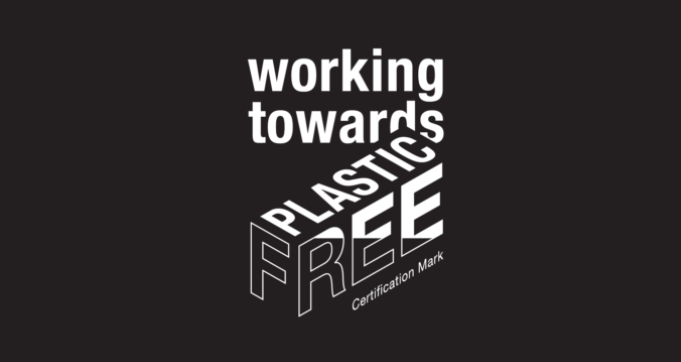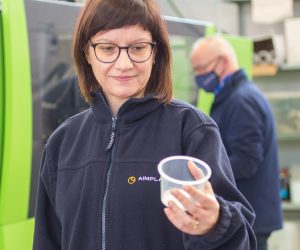

Campaigners and experts release landmark report outlining correct use of compostable packaging
A LANDMARK new report released today to help inform the design industry and brand owners on the right use of compostable materials as an alternative for plastic packaging
-The Compostable Conundrum lays out a clear Red & Green List developed by A Plastic Planet, supported by University of Oxford academics and industry experts
– List outlines proper use of compostable packaging as a conduit taking food waste to regenerate depleted soils
– Some 33 percent of the Earth’s soils are already degraded and over 90 percent could be by 2050
– It comes as government gears up to introduce separate food waste collections from 2023, with no clear guidance on role compostable packaging will play
Developed by international solutions organisation A Plastic Planet and supported by materials experts and academics, The Red & Green List is designed to provide guidance for a range of stakeholders including packaging designers, consumer goods industry, governments, retailers and businesses.
With the Government pledging to reduce the amount of food waste going to landfill by 20 percent within the next four years and increase the overall amount of food waste collected, the potential role compostable food packaging could play is clear, but has yet to be formally recognised.
The report calls for compostables to be used only when their end-of-life is designed to help bring food waste into the composting waste stream, stop soil pollution and to help regenerate soil for food production.
It is being released for consultation, with stakeholders encouraged to provide their feedback on its contents.
The world’s soils are up to 23 times more polluted with plastic than its oceans, and intensive farming practices are further reducing soil fertility.
According to the FAO, some 33 percent of the Earth’s soils are already degraded and over 90 percent could be by 2050.
The report outlines how compostable materials can play a crucial role in improving soil health – when collected alongside food waste they can be turned into fertile composted biowaste.
However, when compostables are specified wrongly, they will fail to serve as a viable and sustainable replacement for plastic and create confusion, the report warns.
Its release comes as the UK prepares to introduce separate food waste collections from households, businesses, and organisations, which would see food waste collected increase by 1.35 million tonnes by 2029.[i]
The Environment Bill, which is currently being debated in Parliament, will see this implemented across the country by 2023.[ii] However the Government is yet to give clear guidance on the role compostable packaging will play.
Green list items, where the compostable material can act as a bio-conduit for food waste without contaminating it, include carrier bags, fruit and vegetable stickers, and teabags.
Red list items identified included pallet shrink wrap, bottles, non-food packaging bags, and clothing apparel and shoes packaging, as these are unlikely to be disposed of with food waste.
Campaigners believe a comprehensive list for when, where, and how compostable materials should be implemented is vital in tackling the world’s waste crisis.
Sian Sutherland, A Plastic Planet co-founder, said: “A like-for-like switch from plastic to compostable packaging across all packaging segments will not work, but understandably there is currently great confusion for packaging designers and brand managers. We wanted to clarify exactly why and when compostable packaging is a good solution.
“Generally, if it helps bring food waste into the food waste system – the composting system, then it’s a good use of a compostable solution. Teabags, ketchup sachets, and crisp packets for example will all be contaminated with food and it makes good sense to keep that food in the right waste stream.
“On the flip side, no composter wants to be sent compostable packaging that really should be in a different waste stream – paper, for example. You’re not going to throw out your compostable clothes delivery bags with your food waste. It will just end up going to landfill or incineration. The feedstock of compostable biomaterials is limited and it is crazy for us to be using them wrongly, a waste of a valuable resource.
“Compostables have a crucial role to play in ending the scourge of plastic, but only if they are used correctly. We created this report to help clear up the very understandable compostable conundrum so we keep our composting systems and our soils clear of plastic.” Charlotte Williams, Professor of Inorganic Chemistry at the University of Oxford said: “A vital step towards regenerating our damaged agricultural soils is recognising the role compostable packaging can play in restoring them. The scale of the soil health crisis is unprecedented, and presents a genuine threat to food security.





